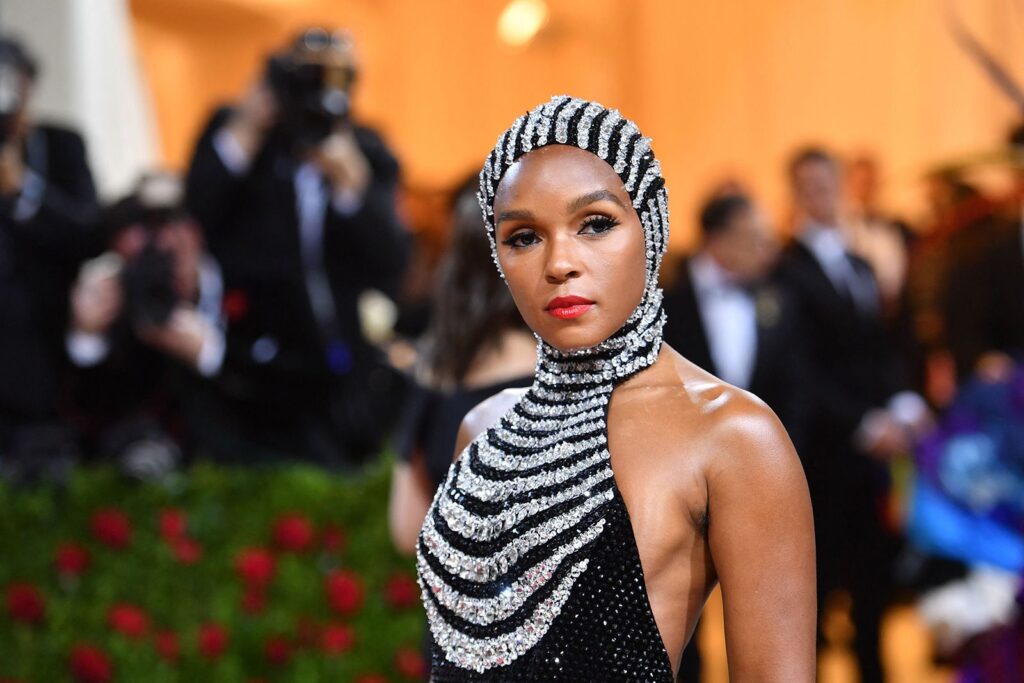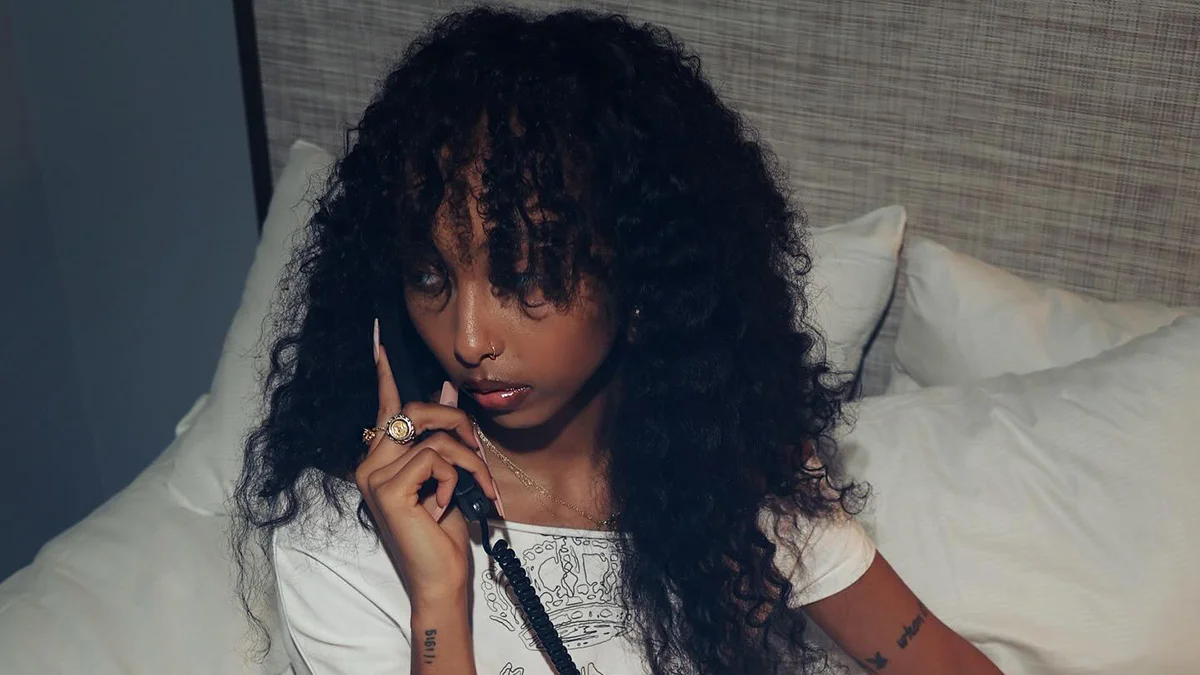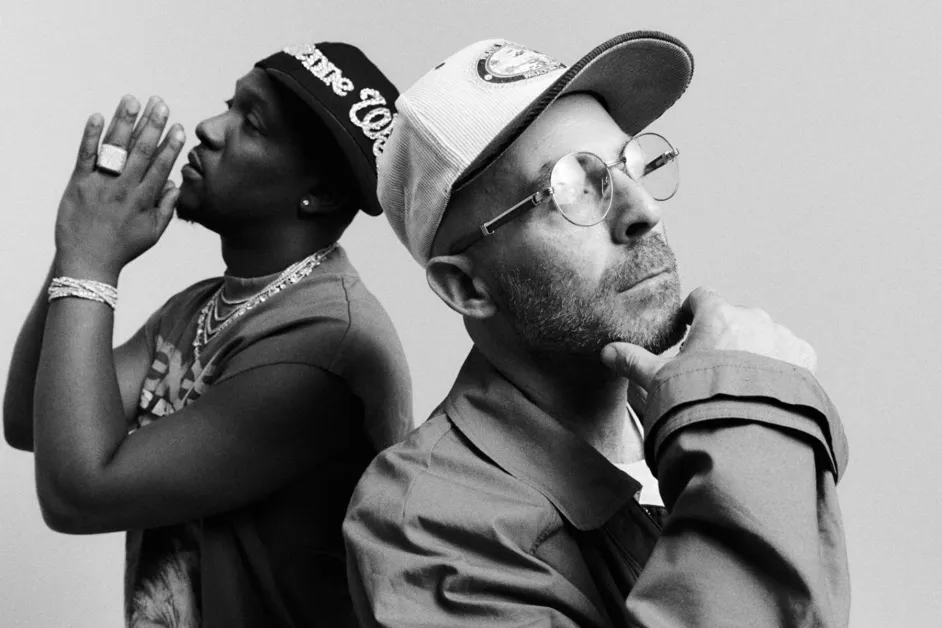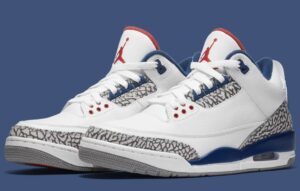Janelle Monáe Robinson: The Multifaceted Artistic Visionary
Janelle Monáe Robinson, widely known as Janelle Monáe, has earned a reputation as one of the most innovative and boundary-pushing artists of the 21st century. Born on December 1, 1985, in Kansas City, Kansas, Monáe has grown into a multifaceted cultural force—a singer, songwriter, rapper, actress, and producer, whose talents span across genres and disciplines. Over the course of her career, Monáe has not only built an illustrious musical portfolio but has also expanded her influence through activism, fashion, and a passionate dedication to advocating for social justice and representation. With her unique combination of talent, vision, and purpose, Janelle Monáe has redefined the conventional expectations of artists and left an indelible mark on the cultural landscape.
Early Life and Beginnings
Janelle Monáe Robinson was raised in a working-class neighborhood in Kansas City, where she was the youngest of six children. Her father, who worked as a janitor, and her mother, who was a sanitation worker, were both influential in shaping her sense of discipline, determination, and hard work. Monáe’s early exposure to the arts came from her love for music and theater, which was nurtured by her family. From a young age, she demonstrated an aptitude for performance, taking part in school plays and church choirs, and developing a deep connection with the power of storytelling through song.
In her teens, Monáe moved to New York to attend the American Musical and Dramatic Academy (AMDA), where she honed her craft in theater and music. During her time at AMDA, Monáe was drawn to the power of music as a form of expression, and it was here that she began to develop her distinct persona and musical style—blending elements of funk, soul, R&B, hip hop, and science fiction. Her passion for blending art with activism and storytelling soon became evident in her work, laying the foundation for her future success.
The Rise to Stardom: “The Audition” and “Metropolis”
Monáe’s big break came when she was discovered by Sean “Diddy” Combs in 2003. While performing at a New York City nightclub, Monáe caught the attention of the music mogul, who saw the potential in her unique sound and vision. It was Diddy who encouraged Monáe to pursue her own musical path, which eventually led her to sign with Bad Boy Records and later, her own label, Wondaland Arts Society.
In 2007, Monáe released her debut EP, Metropolis: Suite I (The Chase), a conceptual work that showcased her fascination with science fiction, futurism, and social justice. The album’s storyline was set in a dystopian world, and it introduced listeners to Monáe’s alter-ego, Cindi Mayweather, a robotic soul singer who becomes a symbol of resistance in a world of conformity. Monáe’s blend of classic soul, futuristic sounds, and socially conscious lyrics set her apart from the mainstream music scene, and the EP was met with critical acclaim.
Her distinctive style—characterized by a blend of elegance and eccentricity—was matched by her music, which fused genres ranging from funk and jazz to hip hop and progressive rock. As Monáe’s fame grew, so did her recognition for her visionary approach to both music and performance, and she soon began to gain attention from both the music industry and cultural critics alike.
The ArchAndroid and Mainstream Success
In 2010, Monáe released The ArchAndroid, a full-length studio album that continued the story of Cindi Mayweather. The album was hailed as a groundbreaking work of art, receiving critical acclaim for its genre-blending approach and conceptual depth. The ArchAndroid was a bold exploration of progressive soul and alternative R&B, and it was lauded for its innovative use of orchestral arrangements, electronic beats, and classic funk influences.
With hits like “Tightrope” and “Cold War,” The ArchAndroid catapulted Monáe into mainstream success. “Tightrope,” a funky, upbeat anthem about resilience and staying true to oneself, became one of her signature songs. The song’s infectious groove and empowering message made it a staple on the charts and established Monáe as a force to be reckoned with in the music industry.
The success of The ArchAndroid also earned Monáe several accolades, including Grammy Award nominations and a growing fanbase that spanned across genres and cultures. Critics praised her for her musical diversity, as well as for her ability to seamlessly blend social commentary with accessible, danceable music. By blending themes of political resistance, social justice, and futuristic narratives, Monáe established herself as a visionary artist unafraid to tackle complex topics.
The Electric Lady and Continued Innovation
In 2013, Monáe followed up The ArchAndroid with The Electric Lady, another concept album that built upon the narrative of Cindi Mayweather while also introducing new themes and ideas. This album featured a mix of funk, soul, and R&B with collaborations from artists like Prince, Erykah Badu, and Solange. The Electric Lady received widespread critical acclaim for its genre-defying style and its blend of classic sounds with futuristic production. Tracks like “Q.U.E.E.N.” and “Dance Apocalyptic” highlighted Monáe’s continued commitment to challenging the status quo and promoting self-expression and empowerment.
Monáe’s willingness to explore unconventional narratives and her ability to craft visually stunning music videos solidified her place as one of the most innovative artists of the 2010s. Her collaborations with a variety of artists across different genres—ranging from hip-hop to electronic music—allowed her to remain at the forefront of the music industry’s most exciting trends. She was quickly becoming known for her ability to transcend genre boundaries while maintaining a strong sense of individuality and authenticity.
The Rise of Janelle Monáe: Actress and Advocate
In addition to her musical accomplishments, Monáe made a successful foray into acting, further expanding her reach and influence. In 2016, she starred in the critically acclaimed film Hidden Figures, portraying mathematician and physicist Mary Jackson, one of the African-American women who helped NASA send astronauts to space during the 1960s. The film, which told the untold story of the women behind NASA’s early space missions, was a major success, both critically and commercially, and earned Monáe widespread praise for her performance.
Monáe’s success in Hidden Figures was followed by her role in Moonlight (2016), a film that won the Academy Award for Best Picture. She played the role of Teresa, the mother of one of the central characters. Monáe’s performances in both films highlighted her versatility as an actress and reinforced her growing reputation as an artist capable of excelling in multiple mediums.
As an advocate, Monáe has been an outspoken voice on issues such as gender equality, racial justice, and LGBTQ+ rights. She has used her platform to speak out against social injustices and to promote equality for marginalized communities. In 2018, she came out as pansexual, further demonstrating her commitment to creating a space of inclusivity and acceptance in both her music and public life.
Dirty Computer and the Evolution of Janelle Monáe
In 2018, Monáe released Dirty Computer, her most personal and experimental album to date. The album marked a departure from the concept-driven works of her earlier albums, focusing instead on themes of identity, freedom, and sexual liberation. Dirty Computer was praised for its bold exploration of sexuality, self-empowerment, and social issues, addressing topics such as surveillance, gender roles, and the complexities of modern life.
The album’s lead single, “PYNK,” became an anthem of empowerment and inclusivity, celebrating femininity, love, and desire. The accompanying music video, which featured vibrant, futuristic visuals, quickly became a cultural touchstone. Dirty Computer also included collaborations with artists like Grimes, Brian Wilson, and Zoë Kravitz, further cementing Monáe’s status as an artist willing to experiment with a variety of sounds and genres.
Dirty Computer was met with widespread critical acclaim and became one of the most highly anticipated albums of the year. The album’s blend of funk, R&B, pop, and electronic music showcased Monáe’s ability to push boundaries while remaining deeply connected to her roots in soul and funk. It was also one of the first albums to be released with an accompanying “emotion picture,” a visual album that showcased Monáe’s cinematic vision and further established her as a force in both music and film.
Legacy and Influence
Janelle Monáe’s impact on the music industry, film, and culture at large cannot be overstated. She has become a role model for artists and activists alike, using her platform to challenge societal norms and to push for greater representation of underrepresented groups in both the arts and society. Her boundary-defying music and fearless activism have made her a trailblazer in every sense of the word.
As of 2023, Janelle Monáe remains a prominent and influential figure in the entertainment industry. Whether she is performing at major award shows, starring in acclaimed films, or championing social causes, Monáe continues to inspire audiences worldwide. Through her artistry and advocacy, she has proven that true innovation lies in the ability to stay true to oneself while constantly evolving and challenging the world around you.
Monáe’s legacy is still unfolding, but one thing is clear: she will always be remembered as a pioneering force in the worlds of music, film, and activism, unafraid to break barriers, speak truth to power, and create art that challenges the status quo.
No comments yet.








